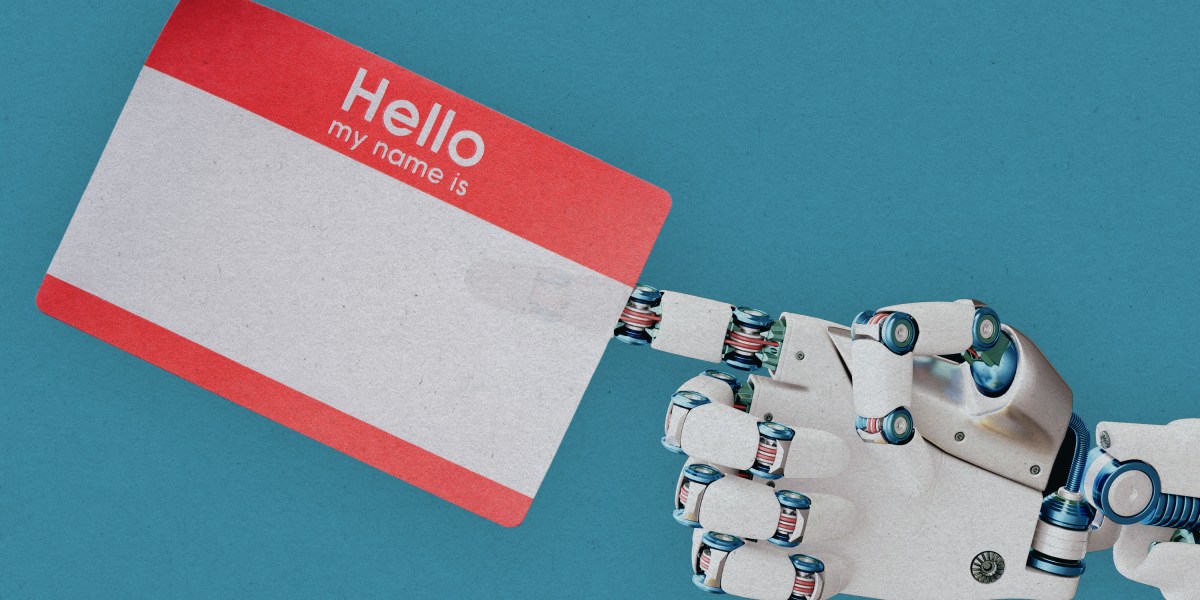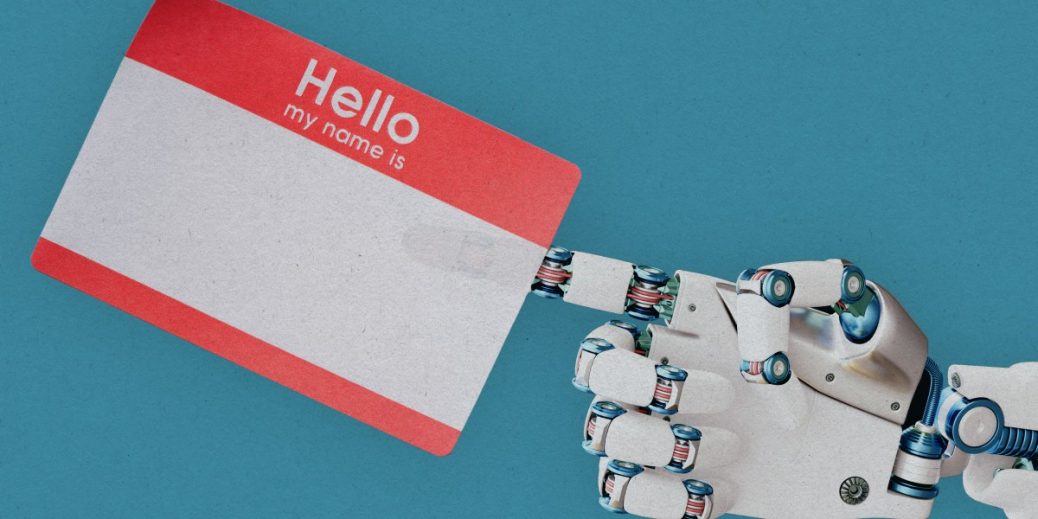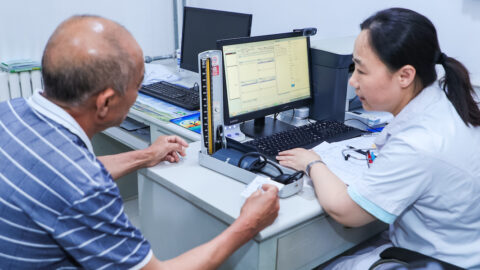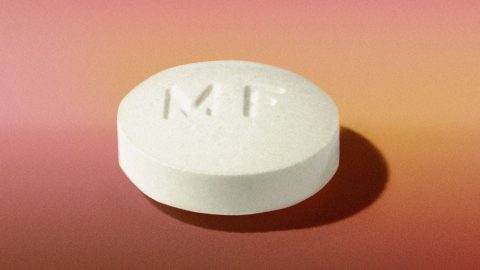
Adobe has also already integrated C2PA, which it calls content credentials, into several of its products, including Photoshop and Adobe Firefly. “We think it’s a value-add that may attract more customers to Adobe tools,” Andy Parsons, senior director of the Content Authenticity Initiative at Adobe and a leader of the C2PA project, says.
C2PA is secured through cryptography, which relies on a series of codes and keys to protect information from being tampered with and to record where information came from. More specifically, it works by encoding provenance information through a set of hashes that cryptographically bind to each pixel, says Jenks, who also leads Microsoft’s work on C2PA.
C2PA offers some critical benefits over AI detection systems, which use AI to spot AI-generated content and can in turn learn to get better at evading detection. It’s also a more standardized and, in some instances, more easily viewable system than watermarking, the other prominent technique used to identify AI-generated content. The protocol can work alongside watermarking and AI detection tools as well, says Jenks.
The value of provenance information
Adding provenance information to media to combat misinformation is not a new idea, and early research seems to show that it could be promising: one project from a master’s student at the University of Oxford, for example, found evidence that users were less susceptible to misinformation when they had access to provenance information about content. Indeed, in OpenAI’s update about its AI detection tool, the company said it was focusing on other “provenance techniques” to meet disclosure requirements.
That said, provenance information is far from a fix-all solution. C2PA is not legally binding, and without required internet-wide adoption of the standard, unlabeled AI-generated content will exist, says Siwei Lyu, a director of the Center for Information Integrity and professor at the University at Buffalo in New York. “The lack of over-board binding power makes intrinsic loopholes in this effort,” he says, though he emphasizes that the project is nevertheless important.
What’s more, since C2PA relies on creators to opt in, the protocol doesn’t really address the problem of bad actors using AI-generated content. And it’s not yet clear just how helpful the provision of metadata will be when it comes to media fluency of the public. Provenance labels do not necessarily mention whether the content is true or accurate.
Ultimately, the coalition’s most significant challenge may be encouraging widespread adoption across the internet ecosystem, especially by social media platforms. The protocol is designed so that a photo, for example, would have provenance information encoded from the time a camera captured it to when it found its way onto social media. But if the social media platform doesn’t use the protocol, it won’t display the photo’s provenance data.
The major social media platforms have not yet adopted C2PA. Twitter had signed on to the project but dropped out after Elon Musk took over. (Twitter also stopped participating in other volunteer-based projects focused on curbing misinformation.)





Recent Comments